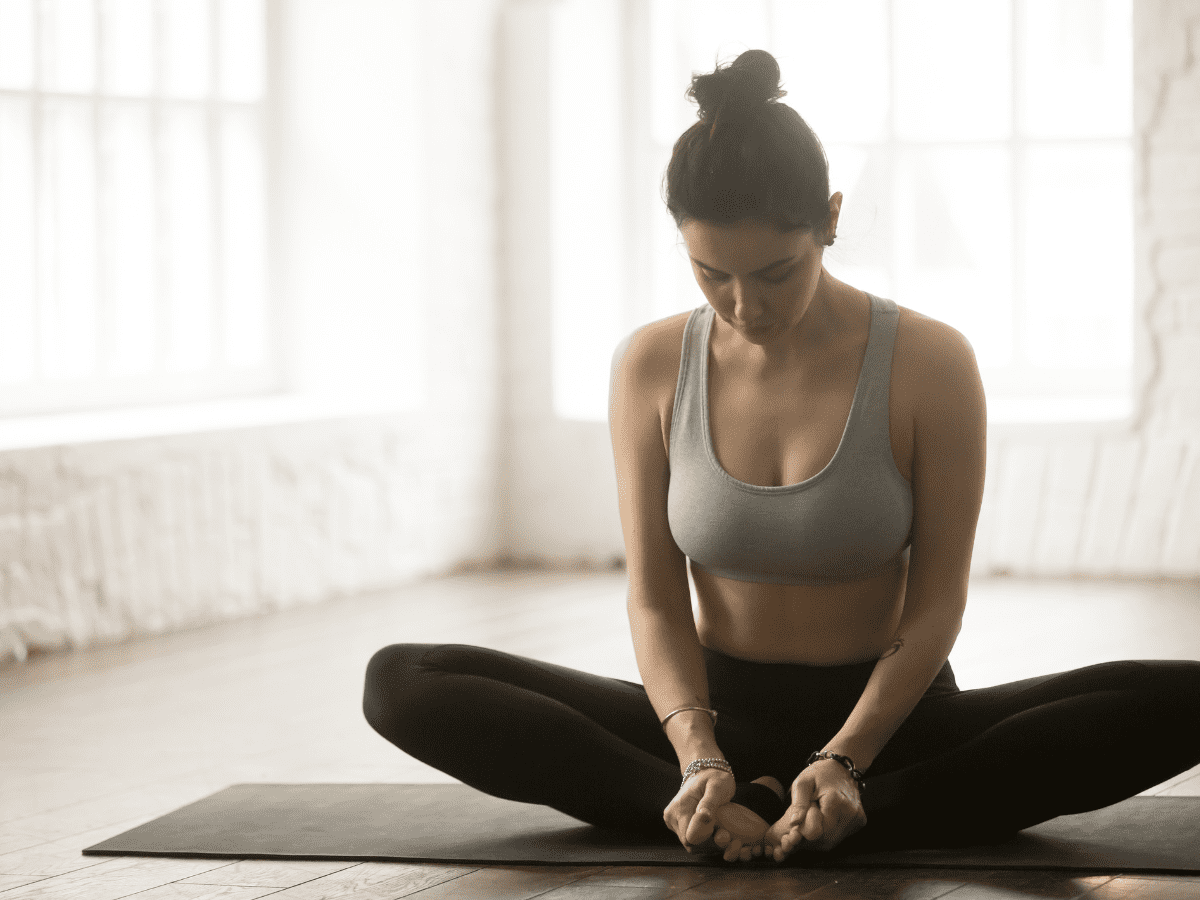
Urinary incontinence doesn't have to be a normal part of aging - Photo: Zuda Yoga
Although common, Dr. Leslee Subak, chief of obstetrics and gynecology at Stanford Medicine and co-author of a new study published in the journal Annals of Internal Medicine, says that urinary incontinence is not necessarily a normal part of aging.
Urinary incontinence can be cured.
"Part of the problem is that incontinence is stigmatized. We're afraid to talk about it," says Subak. "Or we hear these myths that it's normal as you get older. In fact, incontinence is very common, but it's not inevitable. There are very effective treatments."
Some treatments include medication and surgery. But many people don't want to resort to those. If you're one of them, certain exercises may be more suitable, less invasive than surgery, and have fewer potential side effects than medications.
Gentle yoga has been recommended by some as an effective complementary treatment for urinary incontinence. Regular practice of gentle yoga postures has been shown to strengthen many muscle groups throughout the body, including the pelvic floor muscles. Yoga breathing and relaxation can help calm the nervous system, calming an overactive bladder – which causes the urge to urinate frequently and urgently.
However, there is little evidence to support the effectiveness of gentle yoga for urinary incontinence. So lead study author Alison Huang, MD, professor of medicine, urology, epidemiology, and biostatistics at the University of California San Francisco, and her team set out to see if gentle yoga was effective in reducing urinary incontinence.
Study participants were a diverse group of Black, Asian, Hispanic/Latina, and multiracial women, with an average age of 62 (range 45 to 90 years).
After screening and collection of demographic and medical history information, 240 participants were randomly divided into two groups.
One group did gentle yoga that included specific postures and exercises for the pelvic floor. The other group did muscle strengthening and stretching exercises that did not include specific pelvic floor exercises.
Both groups attended two 90-minute sessions a week and were encouraged to practice the exercises at home once a week. As a result, both the yoga and exercise groups saw significant improvements in urinary incontinence – with a 65% reduction in the number of urine leaks.
Exercise or yoga are both beneficial.
Urinary incontinence is not just a problem of leaking urine, but also affects the quality of life and independence of many people. The results of this study suggest that exercise or yoga may be an effective way to improve pelvic floor function and reduce urinary incontinence, without the need for costly interventions such as drugs or surgery.
Urinary incontinence can also be dangerous. “Urinary incontinence and overactive bladder are among the biggest risk factors for falls and fractures in older women,” says Subak. “You’re rushing to the bathroom at night, with the lights off, and you can trip and break a hip.”
Research shows that any type of upper and lower body strengthening and stretching exercise can be effective in improving pelvic floor function. So if yoga isn’t your thing, grab some dumbbells or resistance bands, put on your walking shoes, or start moving in a way you enjoy and can maintain.
There are also specific pelvic floor exercises, often called Kegels, that can be done at home or with a physical therapist specially trained in pelvic floor function.
It is important to note that both strengthening and relaxing the pelvic floor muscles are necessary for a healthy pelvic floor. One reason is that if you cannot fully relax these muscles, you may not be able to completely empty your bladder. Then, when you stand up, urine is more likely to leak.
Staying hydrated can also affect how often you feel the need to urinate. Going to the bathroom six to ten times a day is normal, but more than 10 times may indicate that you are drinking too much water or other fluids. Caffeine and alcohol can also increase the urgency to urinate, and the likelihood of leaking urine.
If you urinate more than 10 times a day or your urine is clear, you may need to adjust your water intake. Other signs of drinking too much water can include bloating, nausea, headaches, and memory loss.
Eventually, drinking too much water can become life-threatening when the amount of fluid you consume dilutes the electrolytes in your body or your kidneys can't handle the amount of water, although these cases are rare.
 Self-diagnosis through urine color and smell
Self-diagnosis through urine color and smellSource: https://tuoitre.vn/lam-cach-nao-de-khac-phuc-viec-tieu-khong-tu-chu-20241021124001636.htm


![[Photo] Prime Minister Pham Minh Chinh chairs conference on breakthrough solutions for social housing development](https://vphoto.vietnam.vn/thumb/1200x675/vietnam/resource/IMAGE/2025/10/24/1761294193033_dsc-0146-7834-jpg.webp)
![[Photo] Solemn funeral of former Vice Chairman of the Council of Ministers Tran Phuong](https://vphoto.vietnam.vn/thumb/1200x675/vietnam/resource/IMAGE/2025/10/24/1761295093441_tang-le-tran-phuong-1998-4576-jpg.webp)


![[Photo] Prime Minister Pham Minh Chinh and South African President Matamela Cyril Ramaphosa attend the business forum](https://vphoto.vietnam.vn/thumb/1200x675/vietnam/resource/IMAGE/2025/10/24/1761302295638_dsc-0409-jpg.webp)
![[Photo] President Luong Cuong chaired the welcoming ceremony and held talks with United Nations Secretary-General Antonio Guterres](https://vphoto.vietnam.vn/thumb/1200x675/vietnam/resource/IMAGE/2025/10/24/1761304699186_ndo_br_1-jpg.webp)
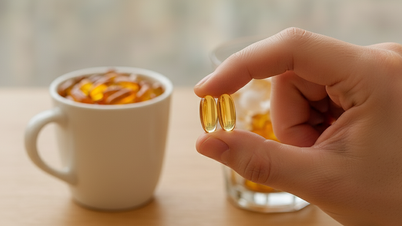






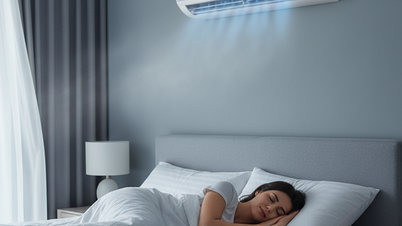
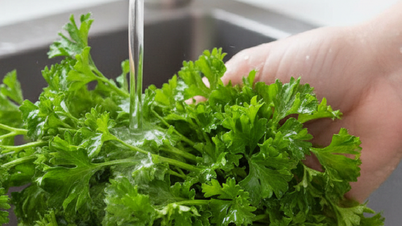






























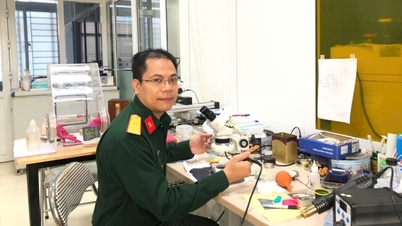
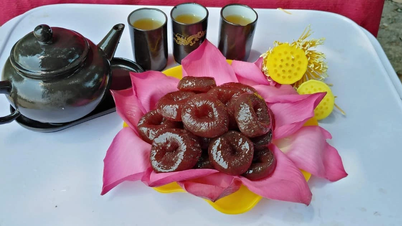

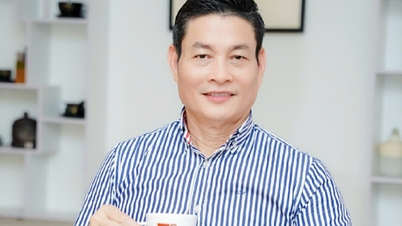
















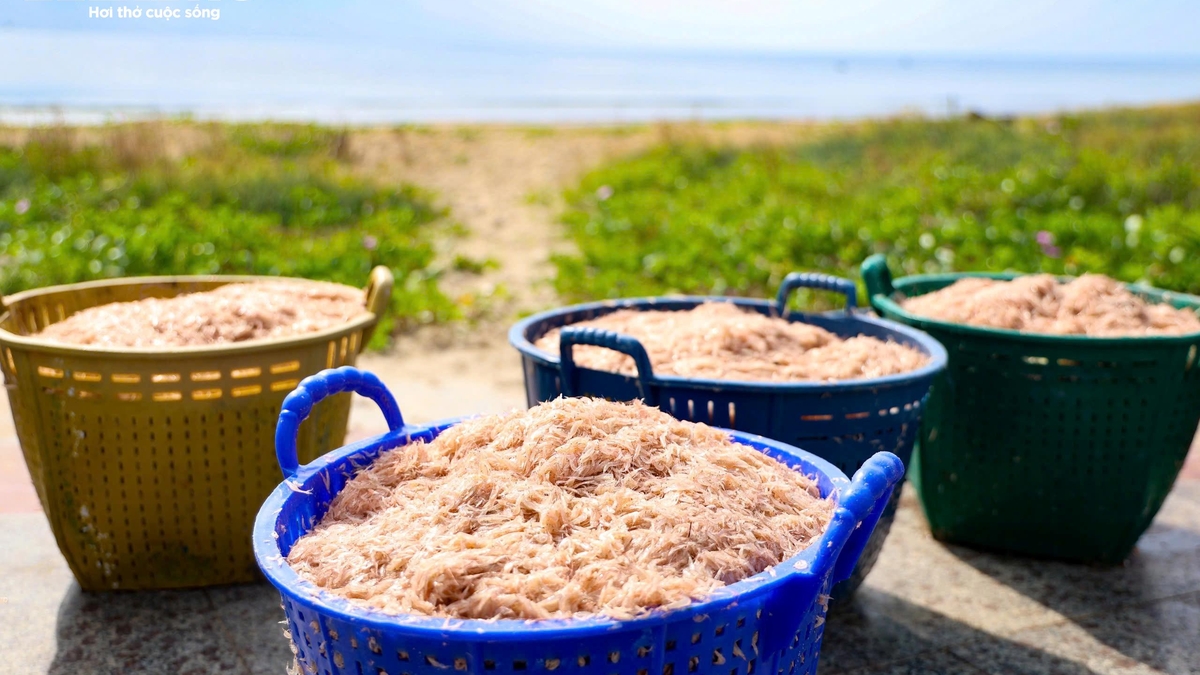







































Comment (0)